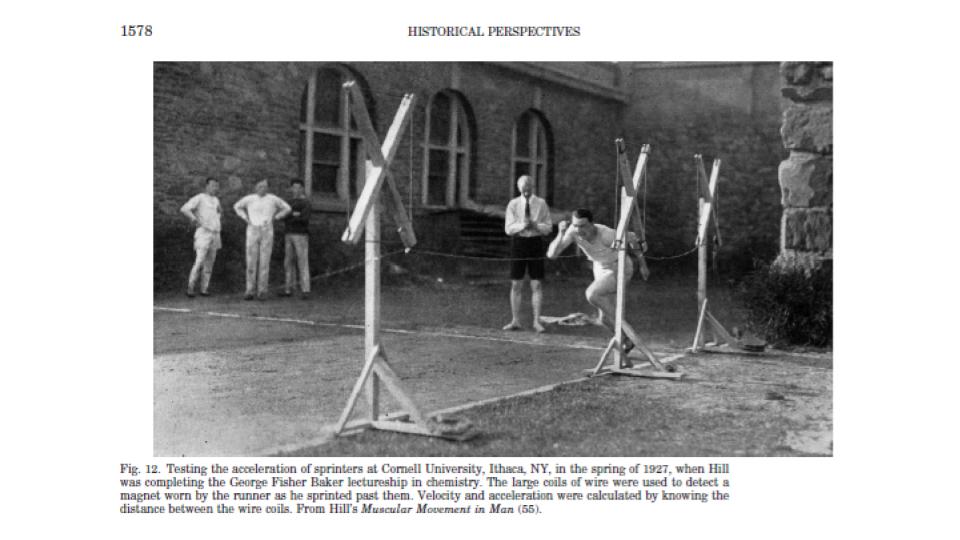As a neuroscientist by training, I still am convinced that the most amazing fitness computer sits between your ears. Nonetheless, I have finally yielded and bought myself a cheap Chinese smart watch and here is what I have learnt so far:

- For around 50 EUR, you can get a watch that works as a heart rate monitor and a GPS device (which can upload to Strava) and supposedly works for swimming as well (pools are still closed in Germany and water temperature in the Baltic is currently at 40C so I have not yet tried it) – overall that is pretty amazing
- There is absolutely no need to visit a lab to know your training zones. Veronique Billat and colleagues have a beautifully simple test with which you can get your heart rate and speed at LT1, LT2 and VO2max as well as your maximum heart rate. All you need is a heart rate monitor with GPS, a flat course and about 30 minutes of your time.
- Technology can teach you honesty – after all, the easiest person to fool is you. Running in Zone1 (in a three zone model) takes real discipline as it is slower that I thought and so easy to just speed up a bit every once in a while and a heart rate monitor certainly helped me to keep myself honest.
- Running by feel still beats running by a computer but the computer can tell you how accurate your feelings are. I look at heart rate and speed much less than I did at the beginning but love to analyze my workouts afterwards.
- All the preset algorithms are questionable at best. Work with the raw data (heart rate and speed) instead and do your own analysis. Leave aside the complete garbage of sleep scores (which simply measure how much you move with a gyroscope but can tell you nothing about how well you sleep) to the PAI score (which has somewhat of a scientific basis but some real shortcomings in its assumptions, primarily the full substitutability of lower intensity exercises by shorter, high intensity ones) to a simplistic preset of training zones (why for instance does Amazfit work with the „220-age“ formula and fixed percentages when it knows you maximum and resting heart rate)
Know thyself was the first of the three mottoes at the Temple of Apollo at Delphi and philosophically is one of the strongest arguments for testing yourself in sports. For me at least, the cheap Chinese watch was a useful tool on that journey.
